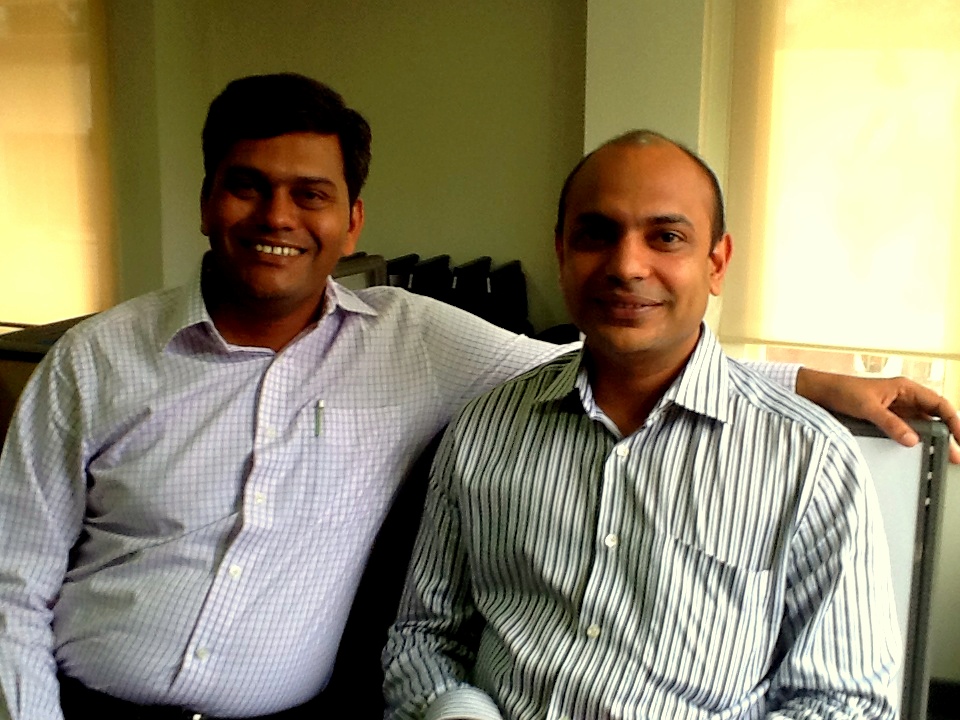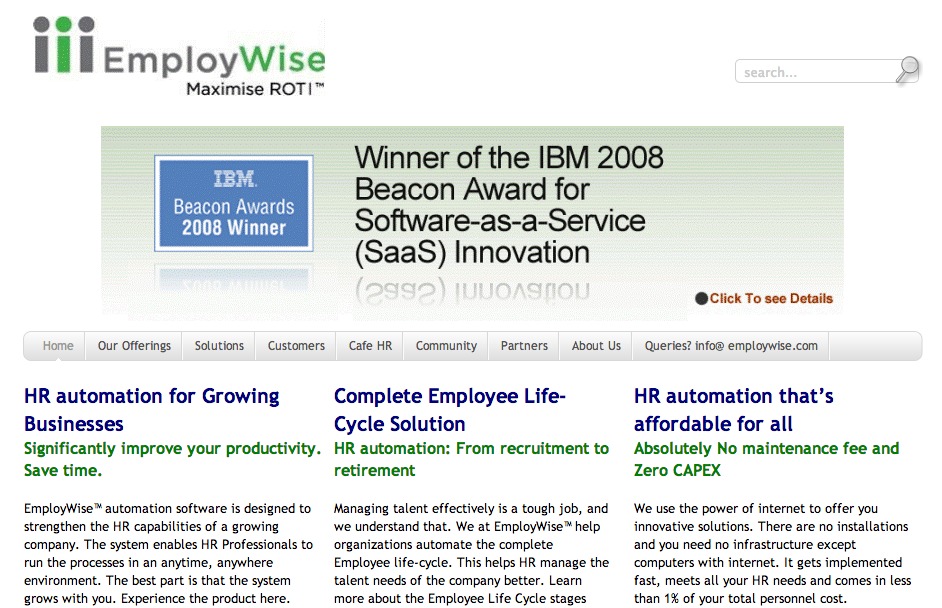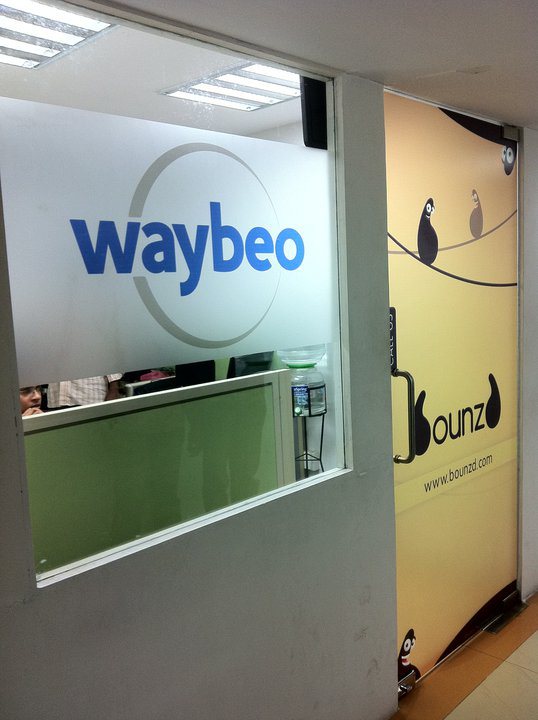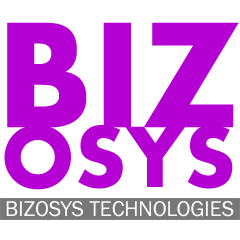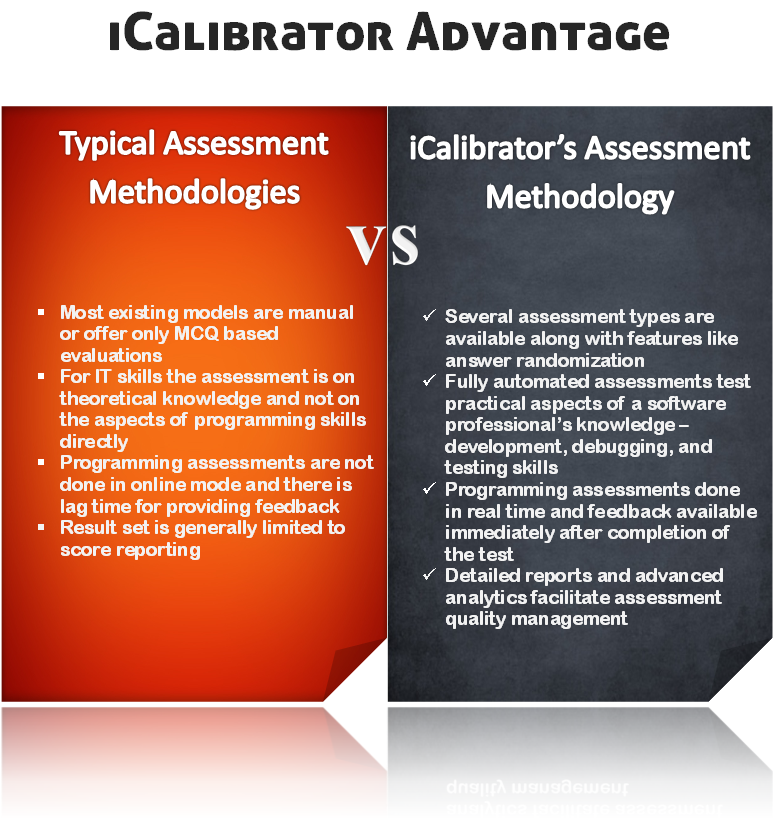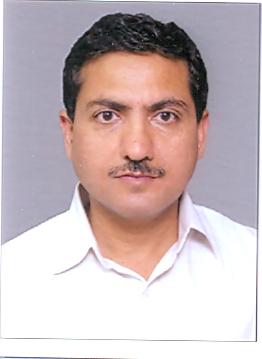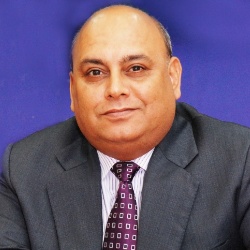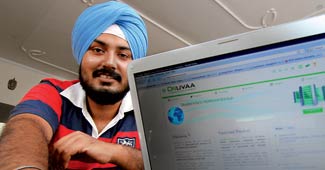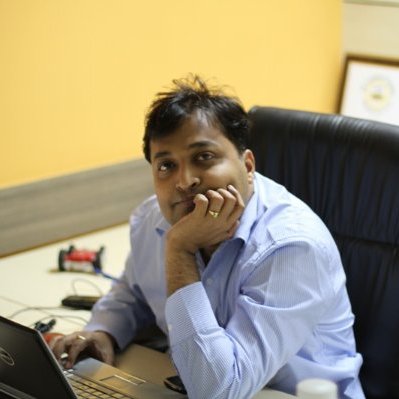Jay Pullur is the founder and CEO of Pramati Technologies, software and services company based out of Hyderabad. The company recently announced that it’s enterprise social collaboration software platform — Qontext — had been acquired by Autodesk, the maker of design, engineering and entertainment software. Jay’s career in the software industry spans 25 years, and his primary interest lies in building products for new markets. This has led to Pramati Technologies incubating and spinning-off multiple startups. In an interview with pn.ispirt.in, Jay talks about the importance of a product development team, switching from a services mindset to a product mindset and importance of giving customers not just a product but also an experience.
When you’re conceptualizing a product do you ultimately have the end goal in place or does that fall into place somewhere long the journey?
 Well, the end goal is to make the product successful. Normal entrepreneurial expectations are to build the business big enough to pursue the acquisition path, or an IPO. However at Pramati, even before we think about that end goal we practice what we call ‘careful entrepreneurship’ — we don’t venture into something just because we’re passionate about doing something in a certain area or because we want to jump on the bandwagon. Working with an end goal in mind is like playing the game with the sight set on the scoreboard; we might loose track of the ball.
Well, the end goal is to make the product successful. Normal entrepreneurial expectations are to build the business big enough to pursue the acquisition path, or an IPO. However at Pramati, even before we think about that end goal we practice what we call ‘careful entrepreneurship’ — we don’t venture into something just because we’re passionate about doing something in a certain area or because we want to jump on the bandwagon. Working with an end goal in mind is like playing the game with the sight set on the scoreboard; we might loose track of the ball.
Instead, we start an idea in a small fashion, watch it gather momentum and then form a core team. The spectrum of opportunities is wide and how else would one choose? We build a core team around the project with people from within the company who have established capabilities and chemistry. We then have to craft the product pitch and try it out in the market before committing funds to sales and other activities. Based on the product-market fit, we formally make it an independent entity and float it out like a typical startup. This approach as worked better for us.
So on an average, how long does this preparatory phase take? And what’s the profile of this team – do they come from multidisciplinary backgrounds?
Idea development stage can take anywhere up to a year, most often 6 months. During this period, we have a really small team — like for Qontext, we had a three-person team. And they are usually people who’ve been with the company for sometime, so we know they are right for exploring certain aspects. There are many aspects to explore because a product is a confluence of market opportunity and certain technology changes. The company has built strong capabilities to address this confluence in a few chosen areas, and we play around our strengths. The team might include people from technology, user experience, business development, consumer marketing or enterprise sales, and the composition entirely depends on what aspects have to be explored before we dive deep.
So given your background in Wipro, where you were employee #36, getting into the product mindset would have required a different mentality. In Wipro it was about the client doing the spec and asking for something, and the services organization providing the people and delivering the project. How did you resolve yourself to a new business model where the waiting period itself to kick of a project was anywhere between 9-12 months?
 When I started at Wipro, it was early days of the IT industry in the country. We did have to innovate on the services side of the business model in some fashion, however the services industry enjoyed many natural advantages. Understanding the services part of the business gave me good insights as to what is possible in India and the expectations of global clients. But, now we had to innovate on the business model further and we were ready for that.
When I started at Wipro, it was early days of the IT industry in the country. We did have to innovate on the services side of the business model in some fashion, however the services industry enjoyed many natural advantages. Understanding the services part of the business gave me good insights as to what is possible in India and the expectations of global clients. But, now we had to innovate on the business model further and we were ready for that.
I left Wipro with the intention of experimenting and bringing a new level of innovation in the country using the same IT professionals but creating higher value offerings. Those were the days when the Internet was just beginning to boom, so our first product was an infrastructure for web applications. The company vision has been to find the right model for building globally successful products or services and go beyond what the traditional IT industry in India has done.
Talking of teams, you have different very distinct product lines doing some very focused work. How do ensure that the best practices that come out of the product development exercise are replicable across the organization?
Product development no doubt needs very high-levels of skills, capabilities, teamwork and commitment to excellence. And when we are able to that well, we need to ensure that it spreads through the organization and remains as part of our DNA even as we grow.
This actually is a very critical element of our business model and you will notice that we are organized as multiple independent businesses with a core, underlying infrastructure, technical expertise, work culture and purpose. The independent business gives them the freedom of smallness (read startup) structurally and the core brings the power of the big.
In some ways Pramati is not only a software company but also as an incubator and an angel investor with a portfolio of businesses. The strength lies in bringing this synergy between them, and building the infrastructure that is common for all these companies — and this is beyond just providing facilities and finances. It is about building the core capabilities of creating teams, spotting talent and integrating them. The Pramati corporate base provides a common infrastructure such as access to a strong legal and M&A specialists needed for deals like our recent one with Autodesk. Such Corporate development capability is hard to build in a startup, although very essential. Also, our model gives us the opportunity to bring talent in to the company even earlier than we’d actually need. We are always looking to bring the right people in the system and be part of our culture; opportunities may get worked out subsequently.
So in the product development game, if you had to put your finger on three vital resources without which you wouldn’t even contemplate beginning, what would those be?
- Deep understanding of technology. The organizational knowledge in key technology areas plays a big role. It gives us the confidence to deal with changing market needs and customer preferences.
- The ability to think globally. Over the last 14 years we have built complementary operations in both India and the US. So this gives us access to both markets – customers and talent, enabling us to build products and market them.
- Our brand. Customers don’t want to deal with small brands and unknown products. Having been in business for a long time and served thousands of customers across different categories, we understand the kind of expectations customers have. We constantly strive to understand customers better and enhance the experience we deliver.
Typically, Indians have been accused of being great from a technology perspective but are sometimes very poor at packaging and brand building. How have you tackled this?
I think being good at technology alone is not enough. Customers today are expecting more than just a product or a solution — they’re expecting an experience. We always design and build the whole product, not just the software part. Few important things here are – the experience of dealing with company, the first impression with the product, the usability, the interaction with our support team. Nothing less than world-class sells today and no customers are captive; there are hundreds of other players in every market who are ready to service them.
So obviously we had to build a team that’s global in nature finding the right resources in the right place. Fortunately, we found right talent in India who could design user interface and experience that works well for our global customers. However, as a company, we have placed heavy emphasis on packaging, user experience and brand development which has paid off well.



